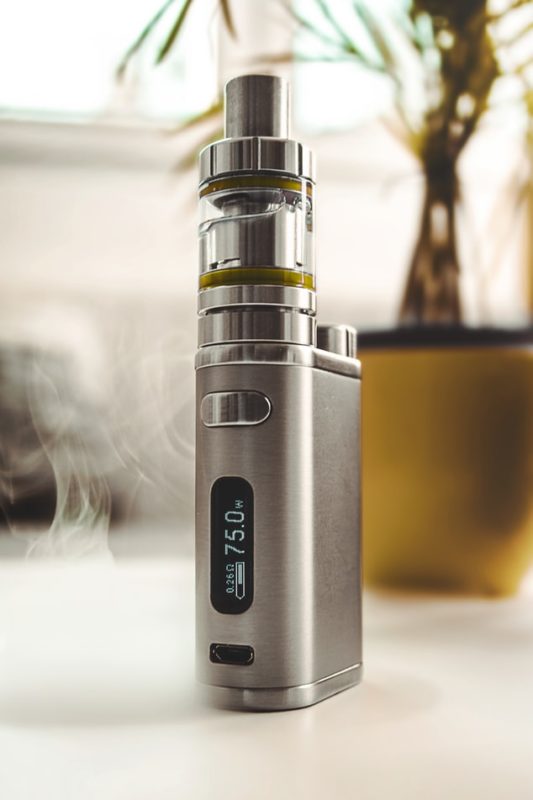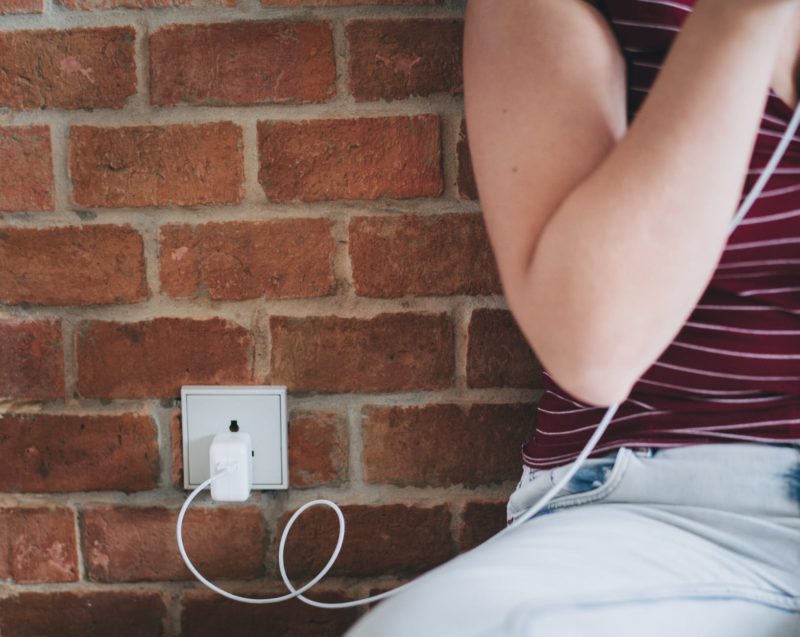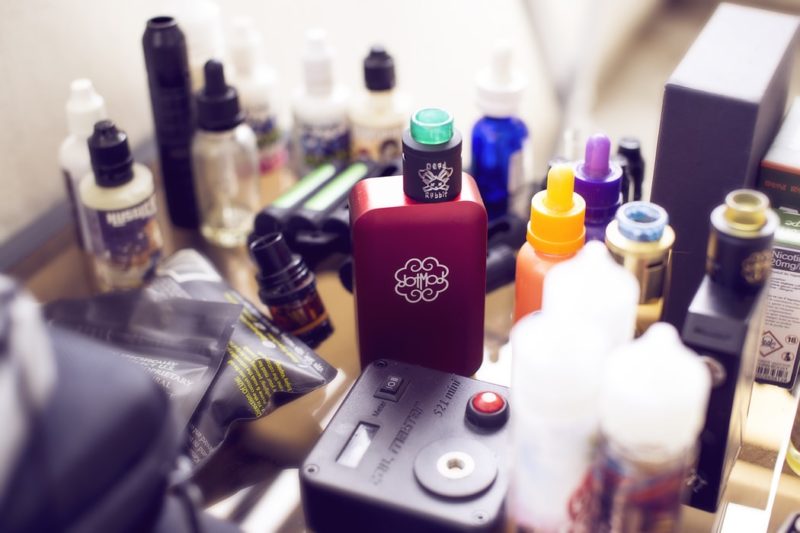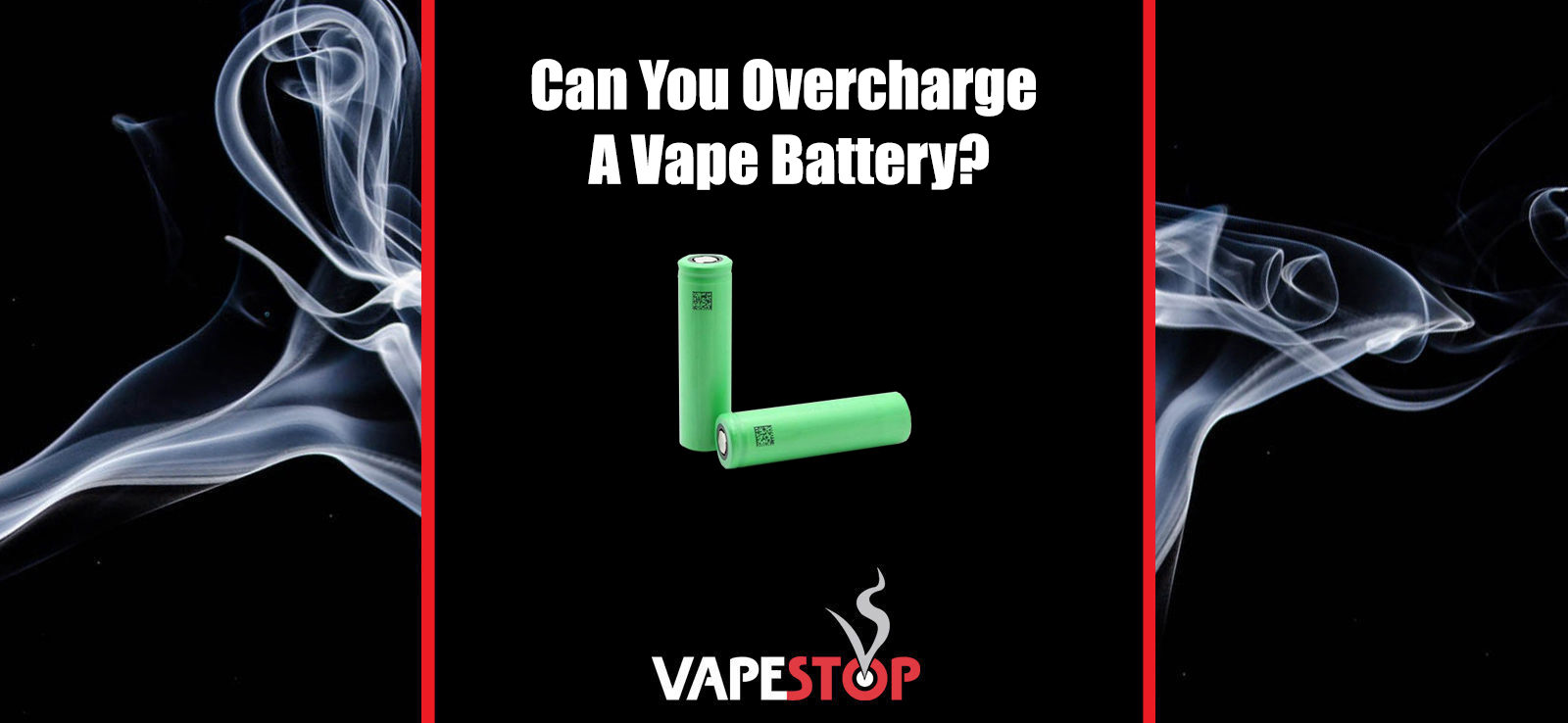It’s common practice to keep electronics plugged in overnight or for as long as we’re not using them. It’s just really convenient! Fortunately, due to the chemistry and charging circuitry built into most vape devices, this isn’t detrimental to the longevity of the battery.
Why You Can’t Overcharge The Battery
Older battery chemistries such as nickel-metal hydride (Ni-MH) had what is referred to as “memories”. This colloquially named property would cause the battery capacity to deteriorate over time due to improper charging techniques. The lithium-ion batteries that are commonly used in vapes do not suffer from the “memory” issues of older battery technologies.
That being said, lithium batteries are a bit trickier when it comes to safely charging them. Unlike older battery technologies, lithium-ion cells must not exceed a certain voltage. This maximum voltage is regulated by lithium charging circuits present in just about every device that is meant for charging vape batteries, whether it be external, or built into the mod itself.
Unless you are using a charger that is not meant to charge a lithium battery, or the charging circuit has malfunctioned, there really isn’t any risk of overcharging a lithium cell. The charger will only output the maximum voltage of the lithium battery it’s meant to charge, and when it hits that threshold, it is physically impossible for a current to continue to flow into the battery.
Safe Battery Practices For Charging Vapes
Some tips for charging lithium batteries for vapes include:

- Only use reputable brands of vape mods and/or battery chargers.
- Ensure that the charger you’re using is compatible with the chemistry of the battery.
- Using advanced chargers capable of running constant current (CC) and constant voltage (CV) cycles.
- If using a USB wall adapter (brick) to charge your battery, ensure that it comes from a reputable source.
Safe Battery Practices For Using Lithium Batteries

If you’re using an unregulated mod (mechanical mod) either study Ohm’s law or download an Ohm’s law calculator and know the parameters you’re working with (such as the voltage of your battery, the resistance of your coil(s), and the maximum current your battery can handle). This will allow you to calculate the current (Amps) discharge rate of your battery when you fire your mod. Exceeding the maximum discharge rate is the ultimate factor in the catastrophic failure of lithium batteries.
If you are unsure of any of the above statement, use a regulated device which has safety features built-in that protect you and your batteries. Visit the Vapestop team and we can point you in the right direction!

